Where and how do you light a campfire? Really would like mini adventure with my children. Never done this. I live in Scotland. :)
- Morag Howey
I love a good campfire. It’s a meeting place, a hearth of conversation, a reminder that warmth is natural and there are more interesting things to watch than TV.
Let’s start with where:
I’ve made small campfires all over the world but can’t advise you to light fires willy nilly. Start simple, find a place (maybe even your garden) where you have permission from the landowner, ideally where there’s already a designated firepit.
In Scotland, as in all countries, there are country specific rules. Here’s the official word from the Scottish Outdoor Access Code:
Wherever possible, use a stove rather than light an open fire. If you do wish to light an open fire, keep it small, under control, and supervised - fires that get out of control can cause major damage, for which you might be liable. Never light an open fire during prolonged dry periods or in areas such as forests, woods, farmland or on peaty ground or near to buildings or in cultural heritage sites where damage can be easily caused. Heed all advice at times of high risk. Remove all traces of an open fire before you leave.
Don’t burn plastic, and try to avoid burning cardboard as it blows off and litters the countryside.
Remember that fires leave a stain on the earth and in some cases can cause damage to under-soil root systems and habitats, and of course in dry season fires can spread far and wide. Always err on the side of caution and if in doubt, don’t make a fire.
Finally, make sure you have some water nearby to extinguish the fire when you’re done. NEVER leave a fire without extinguishing it.
And to do the how:
Of course, safety is a priority when lighting any kind of fire. Assuming you’re following the recommended guidelines and have permission from the landowner, here’s how to light a fire.
If you google these instructions, you’ll be amazed to hear how many different types of fire set-up there are. Bottom-up, top-down, backlog, campfire, bonfire, on and on.
The simplest way to start is to find someone who knows their way around building a fire and let them teach you.
Start small, find a small number of dry twigs and build them in a mini tipi around a scrunched up bit of newspaper, or even better for the non-patient - a firelighter! Use a lighter or matches toAs the fire takes hold add more fuel. Eventually when the embers start to glow larger pieces of wood or a good log will sustain the fire.
Fire needs oxygen to burn so don’t pile it up too fast.
Always keep an eye on it, and remember, if you don’t top it up at some point it’ll go out. If you start off with a little pile of wood that saves you rushing around the woodland to find new stuff to burn. Many woodlands or campgrounds will have designated firewood - please use that instead of collecting deadfall (wood that’s fallen from a tree).
Finally, as with everything, try to be sparing. Fires are fun and there might be a temptation to burn everything you can find. But you don’t need to make a bonfire, save some wood for the next people to enjoy (this is always a nice thing to do - leave a pile for the next visitors and they’ll pay it forward to the next).


